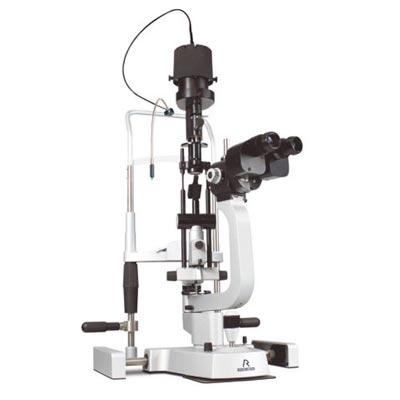Examinations and Fees
We take the eye examination procedure very seriously and therefore allow up to 45 minutes for your appointment as this allows our optometrist to ensure a complete health check on your eyes together with providing the best possible spectacle or contact lens prescription. We also have close connections with ophthalmology specialists in Harley Street, King’s College, St Thomas' and other specialist clinics should further clinical investigations be required.
We also offer a Dry Eye Clinic. This involves a deep clean of the eyelids with a heated eye wand. This is very effective for sufferers of Dry Eye or Blepharitis. We will also offer advice for home management of these common problems.
Our Fees:
Private Eye Examination (includes Optomap): £100.00
Enhanced Private Eye Examination with Optomap and OCT: £135.00
NHS Eye Examination with Optomap: £35.00
NHS Eye Examination with OCT: £35.00
Enhanced NHS Eye Examination with Optomap and OCT: £70.00
Enhanced NHS Child's Eye Examination with Optomap: £20.00
Contact Lens Examination: £80.00
Contact Lens Fitting (New Wearer), (Includes Fit, Teach and End of Trial): £175.00
Contact Lens Trial (Existing Wearer): £145.00
Emergency or Minor Eye Care Appointment: from £80.00
Flashes & Floaters (Urgent, to rule out retinal tear/detachment): £100.00
Dry Eye Clinic:
Initial Assessment: £125.00
Follow-up appointment: from £80.00








